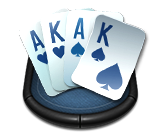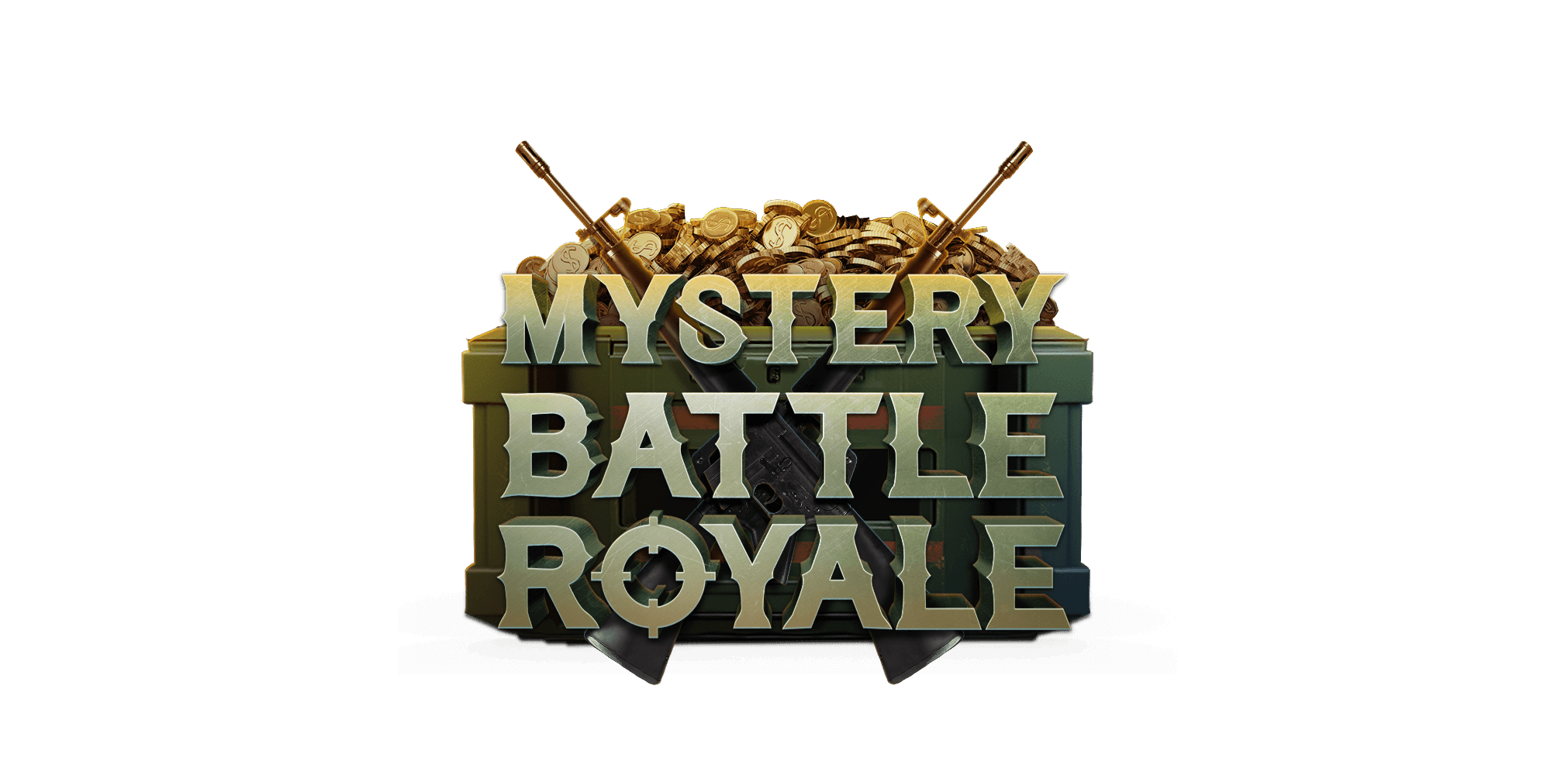
Want to take control of your poker destiny? Master poker charts packed with hand rankings, pot odds, and more make those decisions count. Get ahead of the game and start winning today! Whether you’re new to the game or have been playing for a while, these charts can drive your decision-making as you strive to make better decisions and, by extension, increase your win rate.
Natural8 India offers a robust platform for players to practice and refine their strategies in a competitive yet friendly environment, enabling them to enhance their skills.
Read on to know more!
Indian Poker Online: Poker Hands Chart – Rankings and Hand Strength
Here is a sample poker hand ranking chart. Natural8 India offers an excellent platform for practicing and refining these skills for those interested in mastering poker.
| Rank | Hand | Description |
|---|---|---|
| 1 | Royal Flush | A, K, Q, J, 10, all of the same suit |
| 2 | Straight Flush | Five consecutive cards of the same suit |
| 3 | Four of a Kind | Four cards of the same rank |
| 4 | Full House | Three of a kind plus a pair |
| 5 | Flush | Five cards of the same suit, not in sequence |
| 6 | Straight | Five consecutive cards of mixed suits |
| 7 | Three of a Kind | Three cards of the same rank |
| 8 | Two Pair | Two pairs of cards of the same rank |
| 9 | One Pair | Two cards of the same rank |
| 10 | High Card | The highest card in the hand |
Top 10 Starting Hands in Texas Hold'em
Below are the top 10 starting hands in Texas Hold’em that every player should consider:
| Rank | Starting Hand |
|---|---|
| 1 | Ace-Ace (AA) |
| 2 | King-King (KK) |
| 3 | Queen-Queen (QQ) |
| 4 | Ace-King (AK) |
| 5 | Jack-Jack (JJ) |
| 6 | Ten-Ten (10-10) |
| 7 | Ace-Queen (AQs) |
| 8 | Ace-Jack (AJs) |
| 9 | Ace-Ten (A10) |
| 10 | King-Jack (KJo) |
Top Poker Charts Every Poker Player Must Know
Here are the key charts every poker player should have in their arsenal:
1. Poker Starting Hand Ranges Chart
This chart outlines optimal starting hands based on your position at the table. It helps you decide which hands to play when you're in early, middle, or late positions.
| Position | Recommended Hands |
|---|---|
| UTG (Under the Gun) | 77+, A8s+, AQo+ |
| UTG +1 | 77+, A8s+, AJo+ |
| MP (Middle Position) | 55+, A2s+, K9s+, AJo+ |
| CO (Cutoff) | 22+, A2s+, K5s+, 98s+, ATo+, KQo |
| BTN (Button) | 22+, A2s+, K2s+, 64s+, 98o+, A4o+ |
2. Poker Pot Odds Chart
Understanding pot odds helps you decide whether to call, fold, or raise. This chart illustrates the pot odds in relation to various bet sizes.
| Bet Size | Caller Must Win | Calling Odds | Value Bet % | Bluffing % |
|---|---|---|---|---|
| 25% (1/4-pot) | 17% | 5 to 1 | 83% | 17% |
| 50% (1/2-pot) | 25% | 3 to 1 | 75% | 25% |
| 100% (Pot) | 33% | 2 to 1 | 67% | 33% |
3. Poker Odds Chart: Outs and Equities
Outs refer to the cards that can improve your hand, while equity helps you gauge the strength of your hand. This chart is particularly useful when drawing.
| Outs | Hand Examples/Ranges | Turn % | River % |
|---|---|---|---|
| 1 | Single card improvement | 4.26% | 2.17% |
| 4 | Gutshot Straight Draw | 16.47% | 8.70% |
| 9 | Flush Draw (FD) | 34.97% | 19.57% |
| 12 | Gutshot + Flush Draw | 44.96% | 26.09% |
Conclusion
Poker charts are essential for improving your strategy and skill. Mastering these charts will elevate your gameplay, whether you aim to become a pro or are just starting out. Using them builds subconscious discipline and helps you make more accountable decisions. The more you incorporate these charts into your strategy, the better your chances of winning in poker.
Follow Natural8 India for more updates and enhance your poker skills!
FAQs
Can you use poker graphs in a live poker game?
Yes, poker graphs and charts are generally allowed in live poker, but it’s important to check the specific rules of the casino or poker room you're in.
How do you use the poker equity chart after the flop?
The equity chart helps analyze your hand’s strength on the flop compared to your opponent’s ranges, guiding whether to bet, call, raise, or fold.
What does Positional Starting Hand Range mean?
Positional starting hand ranges refer to the hands you play depending on your seat at the table. Early position players should play tightly, while late position players can expand their range due to the advantage of acting last.


.webp)














